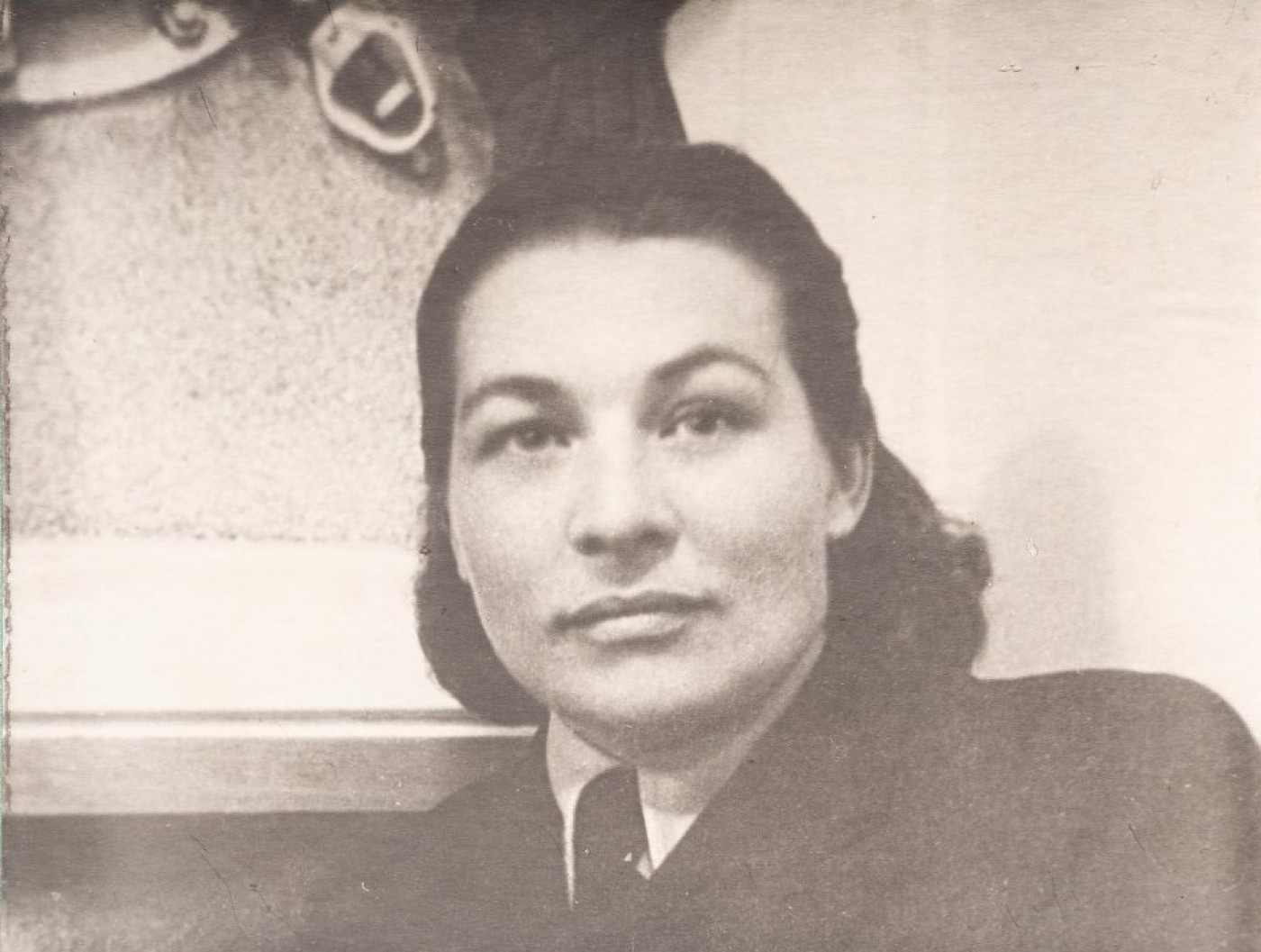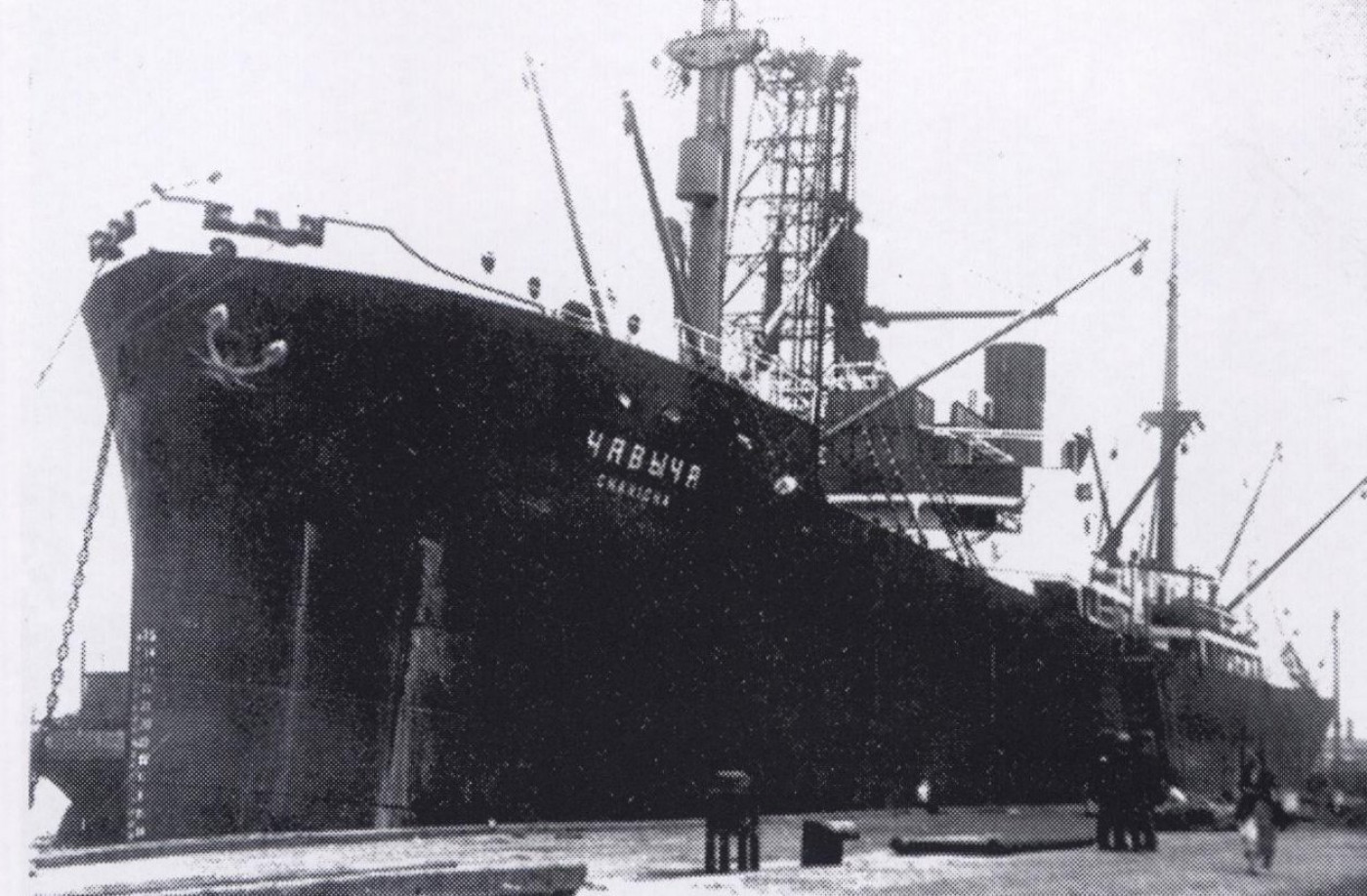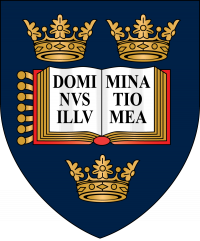It is no secret the maritime industry is, and has always been, predominantly male. Even though seafarers have moved past the superstition that women on a ship bring bad luck, the IMO shows that women make up only 1.2% of the total seafaring workforce 1. However, this hardly means women have historically been absent from the sea, or even the higher echelons of ship command. There are many contenders for who the world’s first female sea captain was; different countries claim different pioneers. Today, we would like to spotlight one of them. She was one of the first certified sea captains in the world, gaining her diploma in in 1934 and made her debut in 1935. Her name was Anna Shchetinina, from the Soviet Union, a woman whose story, while special, is typical of many a seafarer, regardless of gender.

Anna in 1943 aboard the "Jean Jaures", unknown photographer.
Anna was born in 1908, near Vladivostok, in the far east of what was at the time the Russian Empire. Her father worked a variety of jobs, including as a switchman, a woodcutter, and most importantly, on a fishing vessel. At the age of sixteen, Anna accompanied her father on board a fishing trawler, something which immediately sparked her love for the sea. This trip inspired her to apply to the Vladivostok Marine School to study to be a seafarer. Though met with initial hostility, she was accepted.
The year was 1925, a time of great change. By then, the Soviet Union was fully formed, and leadership was busy remaking the country and its institutions, including encouraging the emancipation of women and their participation in the workforce 2. Nevertheless, Anna’s time studying was not going to be easy. From the beginning, she was discouraged from even applying. She was one of three young women in a class of 42. Her male classmates were sceptical of her and the others, going so far as to make fun of them. Showing weakness was not an option, and, like many women in male-dominated professions, she had to work even harder than the men to gain their respect and recognition, something that was a constant throughout her life.
Despite the initial scepticism, Anna rose to the challenge, not backing down even at the most difficult jobs. Though the other two women dropped out, she persisted. According to her, the seafarers she worked with eventually forgot her gender altogether 3. After her graduation in 1929, she traversed long-distance on routes from Vladivostok to Europe, moving through the ranks from seafarer to navigator to first mate in six years. Tungus, Okhotsk, and Lamut were just some of the ships she worked on during these years 4.
The event that put her on the map came in 1935. The Soviet Union had purchased several fishing vessels, one of which was the Chavycha- or Chinook salmon- bound for use in Kamchatka. They needed a long-distance certified captain to bring the ship to home port. Anna was selected after the first candidate was called away to another assignment, making her an official captain at the age of 27. She cut short a holiday and got to work. The route took Chavycha from Hamburg to Odessa, through Singapore, before arriving at their destination. At every port, she was swarmed by press and photographers. The world could scarcely believe such a pretty young woman was a sea captain. By the time she finished her voyage, she was a celebrity, dubbed by the news as “Lady-Captain Anna”.

"Chavycha", Anna's first captainship, Kamchatka, 1935.
Licensed under Free Art license.
Despite her fame, Anna continued to work hard, aiming to deepen her expertise. She went to study in Leningrad to expand her knowledge of new technologies appearing on ships. This was where she was caught out by the Second World War. Her services as a captain were more vital than ever, especially as many men had been drafted, including much of her crew. First, she was assigned to take part in the evacuation of Tallinn on board Saule. However, on the way there, her ship was attacked by bombers and she was unable to reach the city, forced on a beach to escape and make repairs. Eventually, Anna made it back to Leningrad. She was lucky: of 225 vessels dispatched, only 163 made it, resulting in the loss of ten thousand people 5. Nevertheless, for a year during the war, she continued to work with the Baltic Fleet, shipping vital goods across the Gulf of Finland.
Afterwards, she was reassigned to the Far East. On board the lend-leased Liberty class ship Jean Jaures, Anna ferried other lend-leased weapons and goods for the war from America to the Soviet Union. The route across the Northern Pacific was dangerous, but she was a veteran. She successfully completed seventeen runs, despite once her ship’s hull cracking during a storm. Anna even managed to rescue a fellow captain from a similar fate, who later remarked “He may be a woman, but he worked fantastically!” 6

Liberty Ship SS "John W. Brown", the same class as "Jean Jaures" that Anna commanded during the Second World War.
Source: Project Liberty Ship.
When the war ended, Anna was able to finish her education and briefly returned to captaining. However, in 1949, she embarked on instructing the next generation of Soviet seafarers. She rose to the rank of docent, working in Leningrad, until moving to her native Vladivostok in 1960 to continue teaching there, again as a docent. Many students remembered her as a kind and responsive, but demanding teacher 7. However, Anna never lost her love of the sea. In summer, she continued to sail around the world, going as far as Australia on the motor ship Orsha.
As well as all her prior achievements, she was also chair of the Primorsk branch of the Soviet Geographical Society, starting in 1963. She was awarded several awards from the Soviet Union, including the Order of the Red Star for her work bring back Saule from attack, as well as the medal Hero of Socialist Labour, a high honour in the Soviet Union, though only in 1978, many years after her achievements. Her autobiography, “On the Seas and Beyond the Seas” was published in 1968, a book which informed much of this article.
Captain Anna retired in 1983, at the age of 75. She passed away in 1999 and was buried in Vladivostok, where a monument was later erected to her.

Anna's grave and monument at the maritime cemetery in Vladivostok, 2009.
Licensed by Creative Commons.
Anna Shchetenina was both extraordinary and ordinary at the same time. She broke barriers, proving a woman could do a job perceived as heavily masculine, but she never saw her work that way. She was a consummate professional with a strong sense of duty, no fear of hard work, and a deep love of the sea. These are the qualities that earned her respect, support and recognition from her peers, despite the initial sexism. It is for those qualities, not for her gender, that she deserves to be remembered and admired.
Disclaimer: The views and opinions expressed in this article are those of the author and do not necessarily represent those of the Lloyd’s Register Group or Lloyd’s Register Foundation.
Footnotes
-
1
“Women in Maritime.” International Maritime Organization, <www.imo.org/en/ourwork/technicalcooperation/pages/womeninmaritime.aspx>, Accessed 10 Feb. 2024.
-
2
Schuster, Alice. “Women’s Role in the Soviet Union: Ideology and Reality.” The Russian Review, vol. 30, no. 3, 1971, pp. 260–67. JSTOR, https://doi.org/10.2307/128134. Accessed 10 Feb. 2024.
-
3
Shchetinina, Anna. "28. A Sea Captain’s Story" from In the Shadow of Revolution: Life Stories of Russian Women from 1917 to the Second World War, edited by Sheila Fitzpatrick and Yuri Slezkine, Princeton: Princeton University Press, 2000, pp. 350-353. https://doi.org/10.1515/9780691190235-032
-
4
Aronova, Maria, “‘It Isn’t Woman’s Work After All! About the World’s First Female Long-distance Sea Captain” Sibir.Reali, 17 Sept. 2022, www.sibreal.org/a/o-pervoy-v-mire-zhenschine-kapitane-dalnego-plavaniya/31482054.html. [Russian]
-
5
Aronova, Marina, “Lady-Captain Anna. How a Girl From Vladivostok Became the First Maritime Captain in the USSR and Proved Heself No Less Capable Than Men.”, Current Time, 6th February 2022, <https://www.currenttime.tv/a/lady-captain-anna-kak-devochka-iz-vladivostoka-stala-pervym-kapitanom-morskogo-plavaniya-v-sssr-i-dokazala-spravlyaetsya-ne-huzhe-muzhchin/31683596.html> [Russian]
-
6
Vorobyeva, Anna “How Anna Schetinina Became the First Long-Distance Sea Captain”, Forbes, 6th October 2023, https://www.forbes.ru/forbes-woman/497654-kak-anna-setinina-stala-pervoj-v-mire-zensinoj-kapitanom-dal-nego-plavania
-
7
120 Years of Teaching in Primorie: Captain Anna” State Maritime University, 2010, <https://www.msun.ru/dir/120/legend/schet/> [Russian]




